It is on a small peninsula sandwiched between the old and new harbors, enclosed to the east by the walls that separate it from the waterfront, that stands the district of San Nicola, called Bari Vecchia by its inhabitants.
Like a large historic village in the heart of the Apulian capital, Bari Vecchia is situated between the Murattiano district and the Adriatic Sea, and consists of a picturesque succession of narrow streets and small squares enclosed within the ancient walls, where as many as one hundred and twenty votive shrines join the forty churches and chapels.
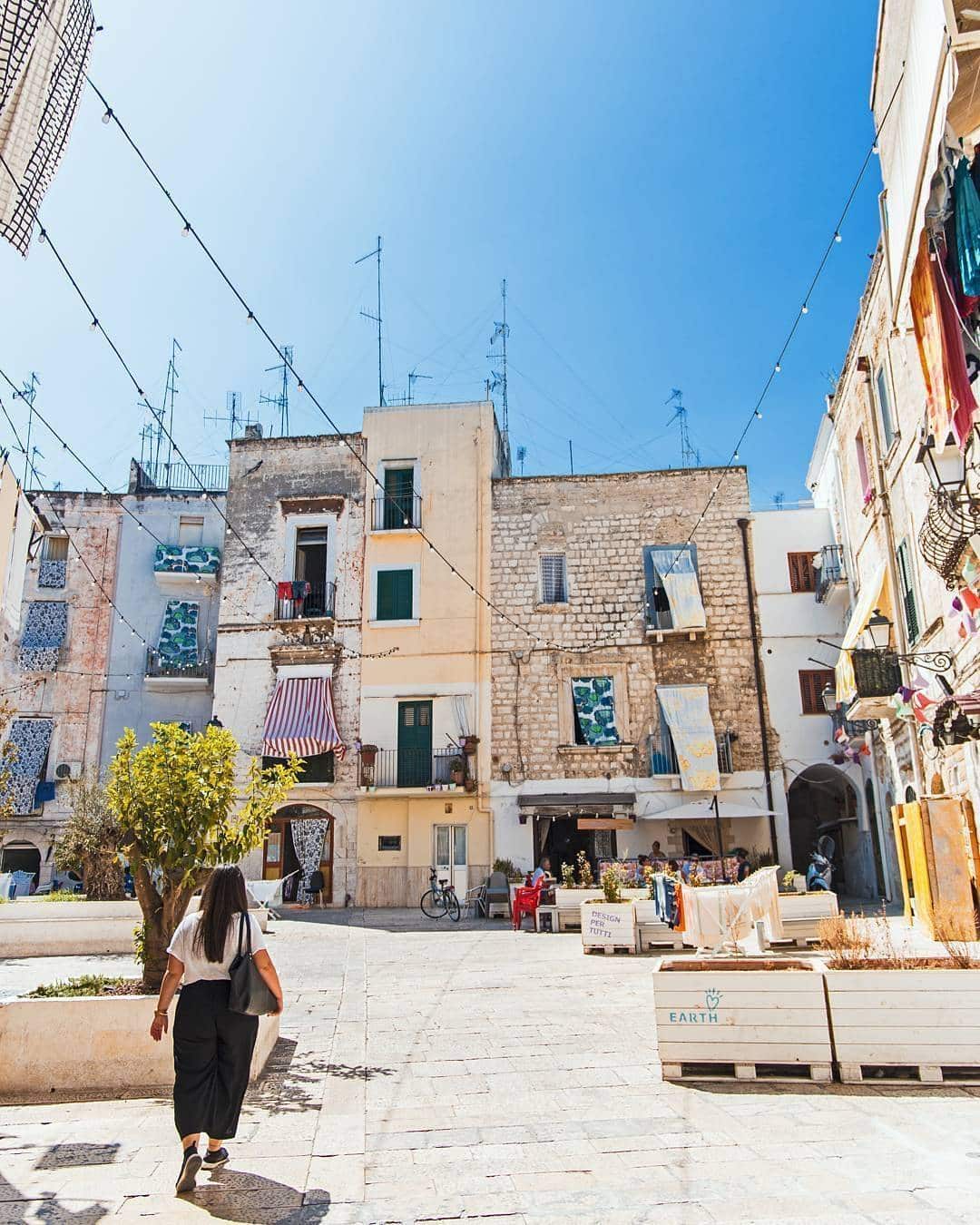
Photo by Yallers Puglia
Near the bustling port area, among the main ones in Italy, is one of the most evocative historic areas of southern Italy, the heart of the city’s traditions and culture, once unsafe and undeveloped, now a pleasant destination for tourism that increasingly sees Bari Vecchia as an important historical and architectural showcase.
One visits the area without setting oneself a precise itinerary. One lets oneself be guided by curiosity, by the desire to discover it, by the beauty of its most hidden corners, its many courtyards, the suggestions of its glimpses, enveloped in intense scents and vivid colors.
We started from Piazza del Ferrarese, one of the focal points of city life, in which ancient traces of the Via Appia-Traiana were recently discovered, and continued to the nearby Piazza Mercantile, the political center of the medieval city, overlooked by the Palazzo del Sedile, where the Bari nobility once gathered, dominated by the Column of Justice, where fraudulent debtors of the past were entrusted to the will of the people.
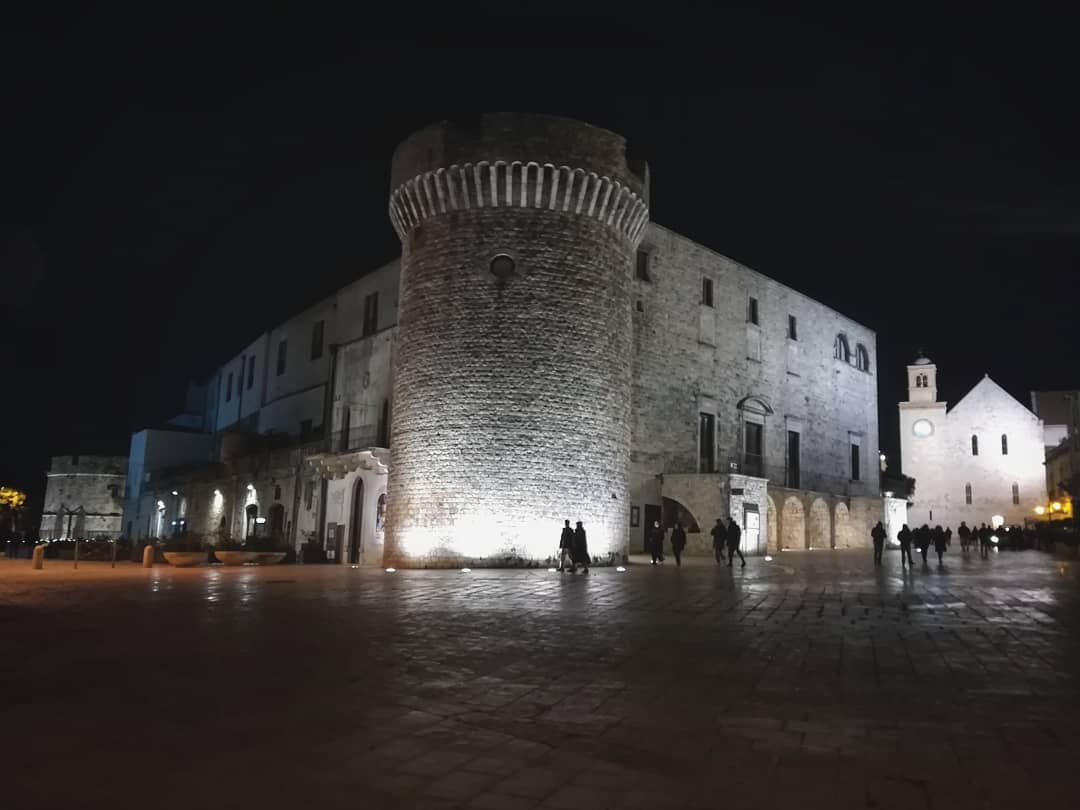
Photo by Gianpiero Azzarello
Extraordinary religious architectural heritage slowly unfolds. The Byzantine Cathedral of St. Sabinus from 1034, a classic example of Apulian-Romanesque, rebuilt between 1170 and 1178, has a dome as high as 35 meters, a classic example of Apulian-Romanesque, and a rich interior with traces of the original mosaics once present on the floor.
Not to be missed then is the Basilica of St. Nicholas, another Apulian-Romanesque treasure, built in 1087 to house the relics of the city’s patron saint. Today it is a coveted destination for pilgrims from all over the world devoted to St. Nicholas, but especially for Russian Orthodox citizens, with whom the city of Bari has important relations.
Also worth seeing are the Church of St. Mark of the Venetians, erected to thank the people of the lagoon for liberating the people of Bari from occupation by the Saracens in 1002, and the Monastery and Church of St. Scholastica, dating from the period between the 8th and 11th centuries.
Then many other churches, from that of St. Gregory, from the period between the 11th and 12th centuries, to that of the Trinity, that of St. George of the Martyrs, St. Clare, St. Joseph, St. Pelagia, the Church of Jesus, the Church of St. Theresa dei Maschi, that of St. Michael and that of Vallisa.
An exciting visit to the old town, including architectural treasures, glimpses of exciting beauty, picturesque corners but also many craft stores and numerous small stores selling local products, then restaurants, trattorias and bars.
A stop at a restaurant in the town to savor some local specialties is a must. We indulge in a nice dish of rice, potatoes and mussels, followed by a taste of eggplant parmigiana.
Then a walk along the city walls, between sea views and harbor overlooks, is not to be missed.
Not only religious treasures but also civil architectural emergencies make up the mosaic of the St. Nicholas district, including the Norman Swabian castle ordered by Frederick II of Swabia and built on earlier Byzantine and Norman fortifications. Home to Isabella of Aragon in the 16th century, it was, in the 19th century, first a prison and then barracks.
Also of interest is the Fortino di Sant’Antonio Abate, commissioned by the Prince of Taranto Giovanni Antonio Orsini del Balzo, then demolished by the people of Bari in 1463 and later rebuilt, which is joined by a rich colony of historic buildings that make this sort of suburb in the heart of the Apulian capital, among the main cities of southern Italy, an architectural showcase of great interest. Other important buildings in the heart of Bari include Palazzo Macario, of the Noicattaro nobles, dating from the 16th and 17th centuries, Palazzo Verrone, Palazzo De Gemmis and the 17th-century Palazzo Gironda.
Main Photo by GFranca Fo @frankessa

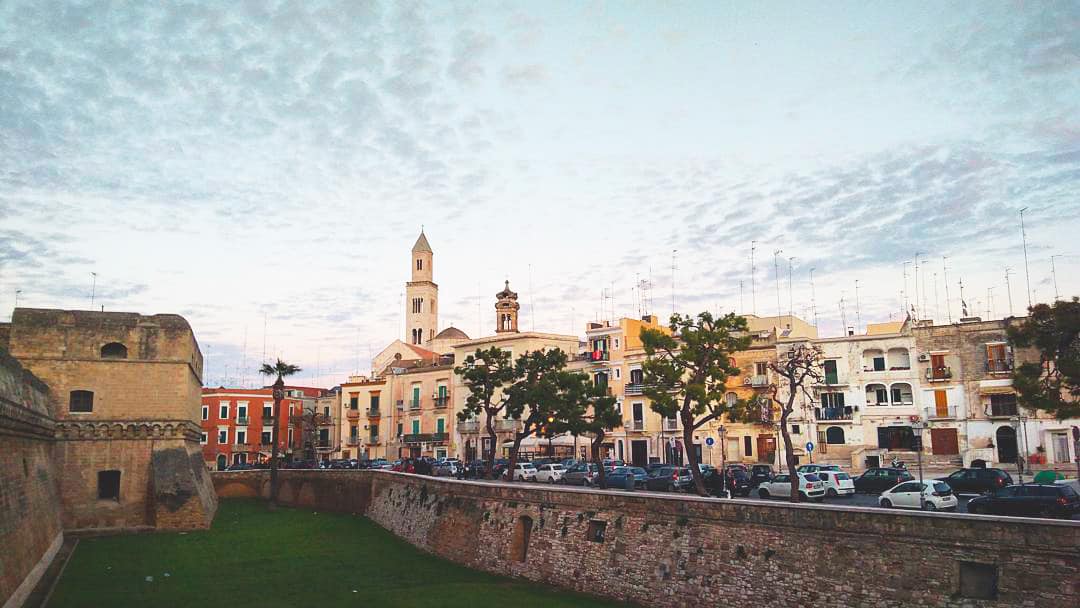
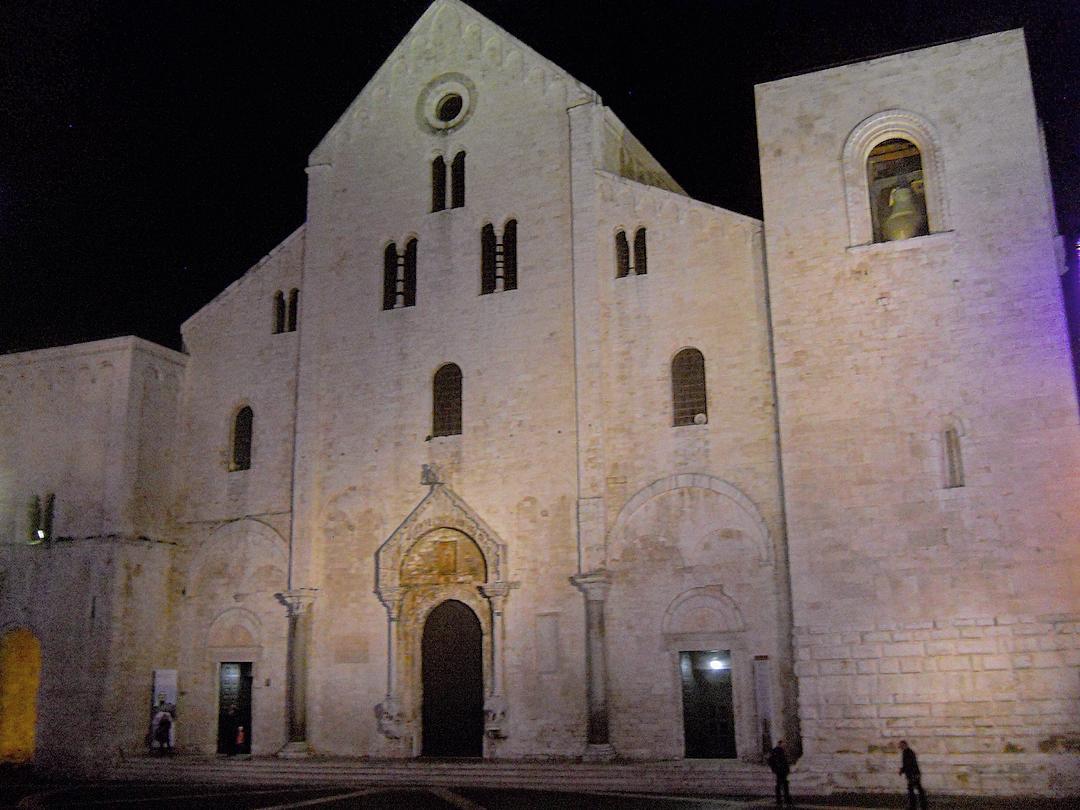
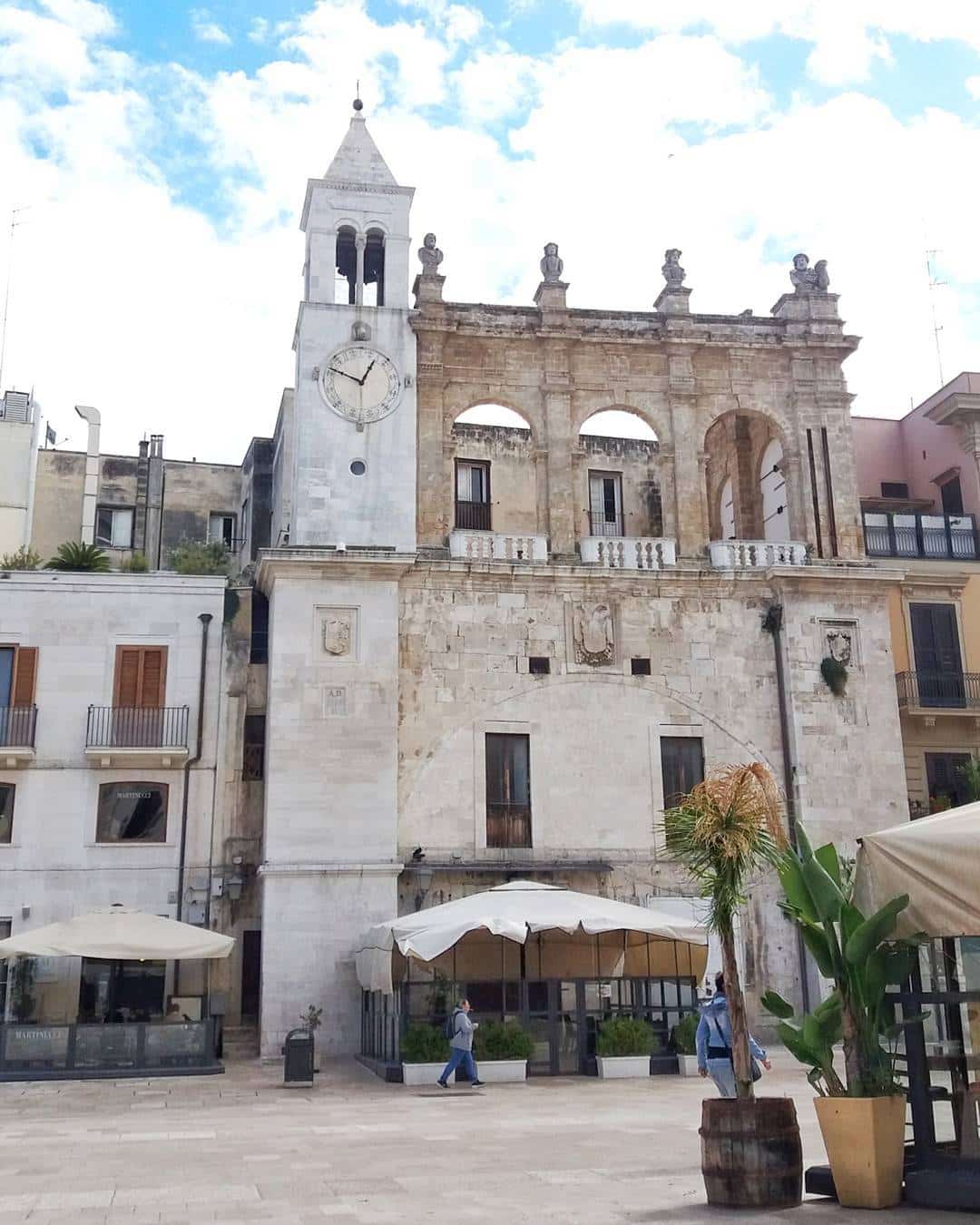
0 Comment